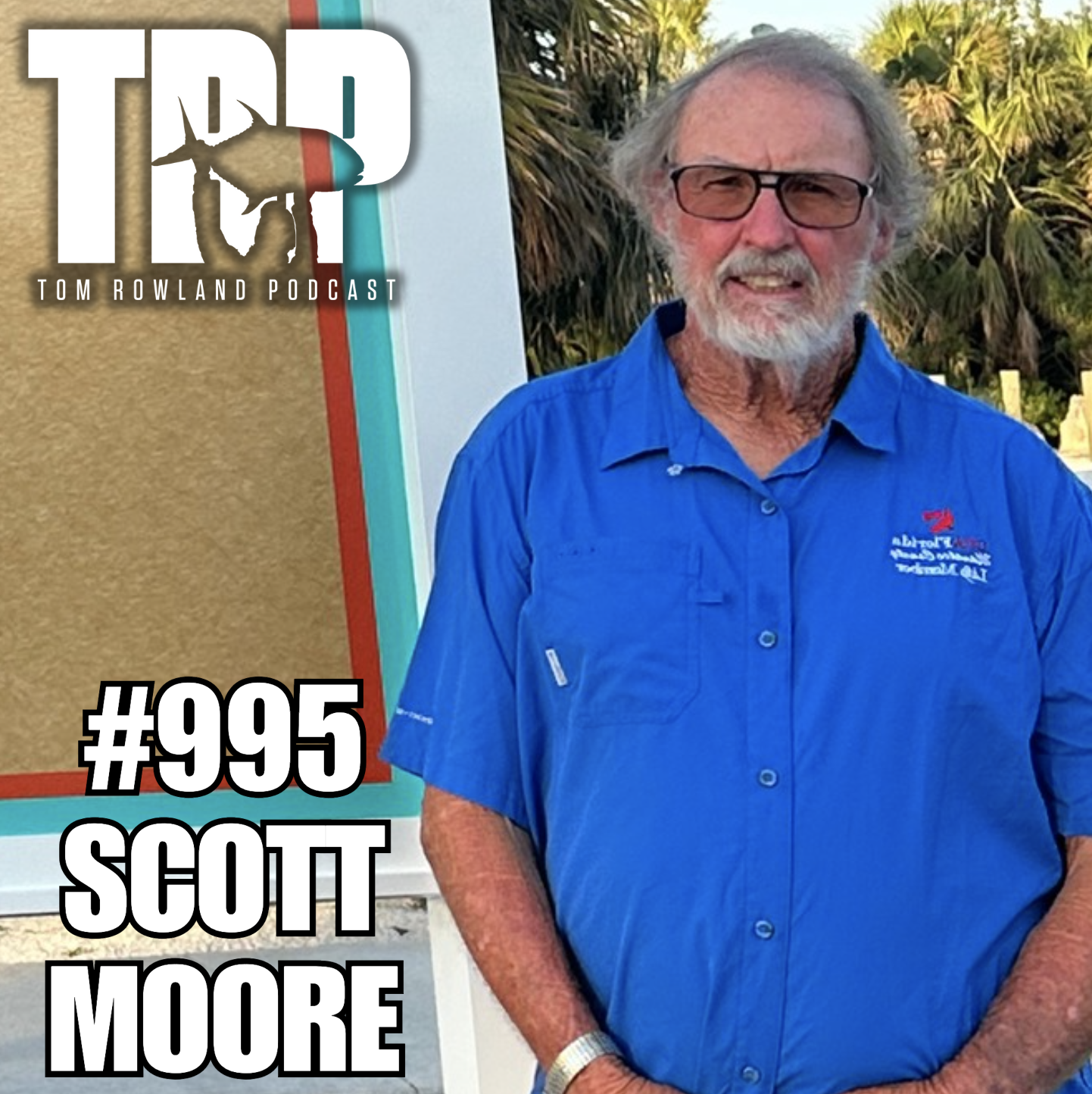How To Start Fly Fishing
TOM ROWLAND PODCAST
LISTEN NOW ON ITUNES, PODCASTS, SOUNDCLOUD, SPOTIFY, OR STITCHER!
“I am entirely self taught and it is totally possible to teach yourself how to fly cast.”
Podcast Synopsis
I know there are a lot of fly fishermen who listen to this podcast and fly fishing is what started my career in fishing. But a lot of people that haven’t fly fished before have a hard time starting and might even be intimidated by the whole thing (the equipment is expensive and what if you don’t like it? Or buy the wrong equipment?). But also a lot of people who fly fish have a tendency to make it something that it’s not, and make it seem super difficult. It’s not. Its just another way to fish and it’s another tool in your tool box.
When I started out guiding as a fly fisherman we would get people who didn’t even know which side of the rod to hold and we would have to take them from zero to being able to cast well enough to catch fish. We came up with a method that made learning pretty easy and fly fishing IS easy. It may seem overwhelming at first but once you learn, it’s simple.
A fly rod is loaded with the line rather than the fly, a spinning rod or bait caster is loaded with the weight of the lure that you’re throwing and the line actually weighs very little. Fly rod works exactly the opposite, you use heavy line to propel a virtually weightless fly. And it is actually easier to cast if your fly weighs almost nothing then it is easier to cast (by contrast a heavier fly, like a bonefish fly, it is harder to cast). So I will go in two sections; freshwater and saltwater. With fishing rods you will see a length (like a 9 foot rod) and then you will have a weight (0-15) which is the weight of line that is supports. A “0” weight rod is the lightest and is for pan fish, very small trout or light tipits. Then a 15 rod is for offshore fishing, for marlin, sailfish or tuna…
FRESHWATER
For freshwater I will consider rod sized 0-8 where 0-1 are very specialty and when you get into 4, 5, 6 then you get into more diverse fly rods. In my opinion, a 5-weight is the best all around freshwater rod. You will be to all your types of trout fishing, you can flow small dry flies, you will be able to nymph all day long, you will be able to throw streamers, fish for bass and have an all around rod. It won’t be the best for all things, but you will be able to accomplish those things. The 8-weight will be for throwing big flies for musky fishing and is not as commonly used.
SALTWATER
So for saltwater I will go from 6-15 weights, where a 6-weight is specialty rod which is for small redfish or something smaller and not for use on windy days. As you move up to an 8-weight you are at a standard bonefish rod, then a 9-weight you can do all of your bone fishing, some light permit fishing and small tarpon fishing. Then the 10-weight is the go-to rod for permit fishing, it might be heavy for bonefish and redfish but you can still do it and it might be a little light for tarpon fishing but you can still do it. So I would say the 10 is the most versatile rod. As you get into an 11-weight you have a specialty tarpon rod, then 12 is tarpon and offshore, then 13/15 are offshore that are not built with casting in mind but are good for fighting the fish.
GETTING INTO IT
For starting out I would recommend that you begin looking at those 5 or 10-weight rods (depending if you are freshwater or saltwater). Now if you are someone who is looking for Spanish mackerel or smaller redfish then maybe a 9 is better for you. Then when you are looking at rods, how do you know which one you want? Do you really want to spend $1000 on a rod if you don’t know if you’ll even like it?
Here’s some advice from Lefty Kreh who says;
“Any rod that costs more than a $100 dollars can cast better than the guy holding it.”
Is this going to be the rod that you keep forever? Maybe not, but when starting out you will have a lot to get used to. So it is wiser to get a cheaper rod that maybe comes with a lifetime guarantee so that if you break it you can get it fixed easy. A good mentality is that you will spend some money on it and if you like it then you can go deeper.
If you don’t know what outfit you are looking for I recommend going to Bass Pro Shops and look at the White River Fly Shop and find an outfit that looks good to you. Get it and start messing around with it. Luckily now there are a lot of resources of videos and tutorials that can teach you how to cast. I am entirely self taught and it is totally possible to teach yourself. Another option is a fly shop - if you go in there and tell them what you are wanting to do, I’m sure someone could give you 20 minutes of fly casting instructions.
Let me know if you have any questions and would like a How 2 Tuesday more in depth on a certain part of fly fishing. I love to hear what you are learning and help as much as I can in guiding you to keep learning.
This episode was brought to you by WaypointTV. More than 2000 episodes of the best Hunting and Fishing shows and short films are available for free on any device. Check out http://waypointtv.com and follow them on their great Instagram accounts:
See you on the water,
-Tom Rowland











